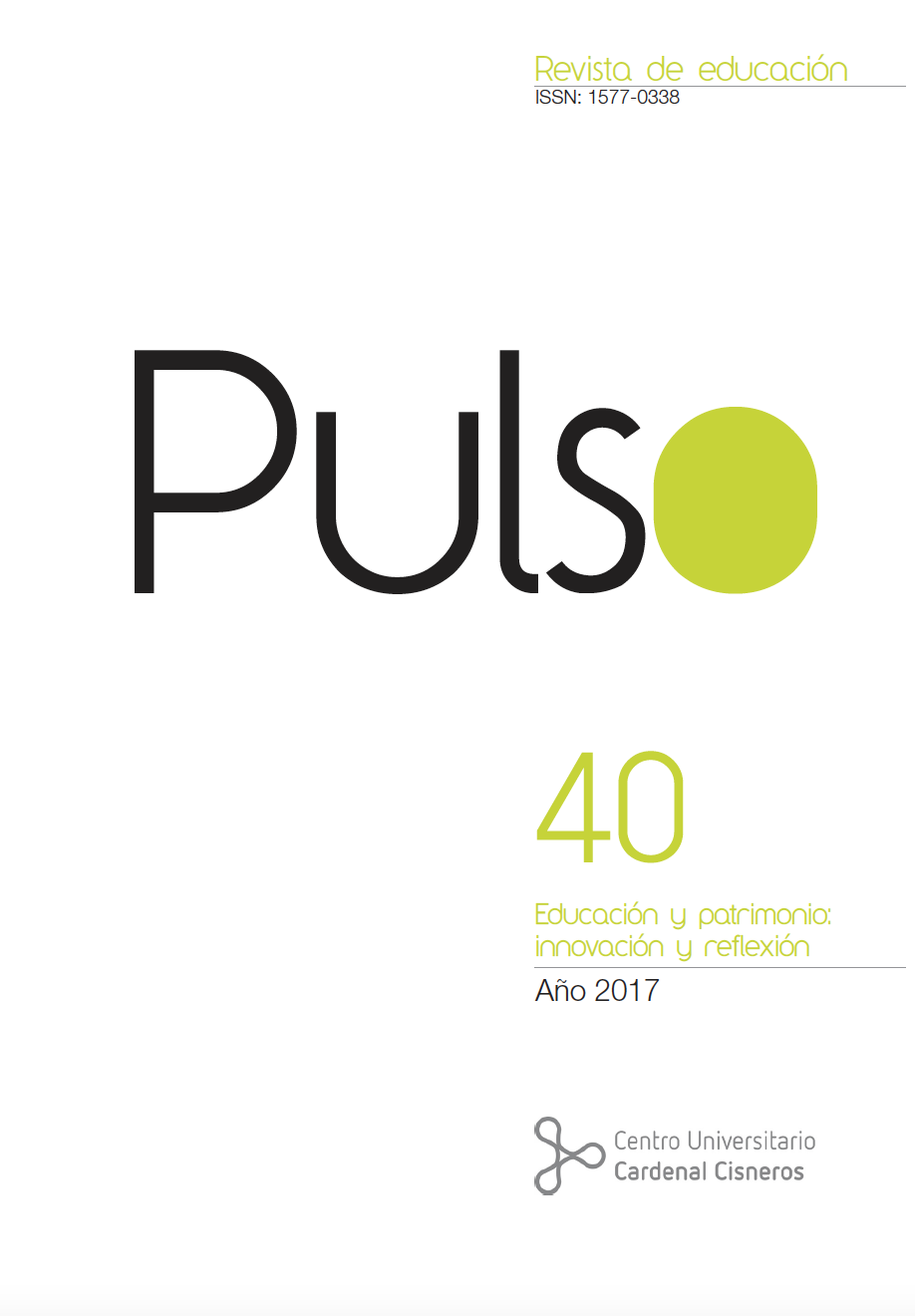The Yamaha ClassBand approach in the Music classroom. An experience in Secondary Education in Madrid
DOI:
https://doi.org/10.58265/pulso.5122Keywords:
Yamaha ClassBand, Music education, Performing, Band, High schoolAbstract
Yamaha ClassBand is a novel teaching approach in Spain by which students learn music through instrumental performance, all class members be-coming a band. Our aim was to study how this music teaching method was implemented in a specific high school in Madrid, IES Las Rozas 1. Some of the aims of the method are to foster significant learning, intrinsic motivation and coop-erative learning. We analised the particularities of the approach, the phases it entails, and some of the challenges that the teachers face. One of the risks when adopting the method is dedicating ex-clusive attention to performing issues, or making students depend on sight-fingering associations without a sufficient participation of the musical ear. We also reflect suggestions for improvement expressed by students that experimented the ClassBand method. The demand for more weekly class hours allocated to the subject of Music was the most frequent suggestion among these stu-dents
Downloads
References
Bermell, M.A., & Alonso, V. (2014). La aportación de las agrupaciones musicales escolares a la sociedad. Revista Internacional de Ciencias Humanas, 3 (1), 93-101.
Borrás, F. & Gómez, I. (2010). Dos experimentos de aprendizaje cooperativo: clase de instrumento y conjunto instrumental. Eufonía. Didáctica de la Música, 50, 113-120.
Cabanes, A. (2008). Instrumentos musicales y género. Recuperado de http://www.cimapolo.com
Carrillo, C., & Vilar, M. (2009). El conjunto instrumental Orff como dinamizador de la motivación en alumnos de Educación Secundaria. Revista Electrónica de LEEME, 23. Recuperado de http://musica.rediris.es/leeme/revista/carrillo&vilar09.pdf
Collado, G. (2011). Yamaha ClassBand en España. Doce Notas, 10. Recuperado de http://www.docenotas.com/9648/yamaha-classband-en-espana
Consejería de Educación, Cultura y Deporte de la Comunidad de Madrid (2015). Decreto 44/2015, por el que se establece para la Comunidad de Madrid el currículo de la Educación Secundaria Obligatoria. Recuperado de
http://www.bocm.es/boletin/CM_Orden_BOCM/2015/05/20/BOCM-20150520-1.PDF
Gouzouasis, P., Henrey, J., & Belliveau, G. (2008) Turning points: a transitional story of grade seven music students’ participation in high school band programmes. Music Education Research, 10 (1), 75-90.
Hewitt, M. P. (2015). Self-Efficacy, Self-Evaluation, and Music Performance of Secondary-Level Band Students. Journal of Research in Music Education, 63, 298-313.
Jimeno, M.V. (2016). Tocamos juntos. ¡¡Hacemos ClassBand!! Recuperado de http://www.docenotas.com/129757/tocamos-juntos-hacemos-classband
Juan i Nebot, M.A. (1998). Clasificación de instrumentos musicales según Erich von Hornbostel y Curst Sachs. Nasarre. Revista aragonesa de musicología, 14 (1), 365-387.
Lapka, C. (2006). Students with Disabilities in a High School Band: “We Can Do It!” Music Educators Journal, 92 (4), 54-59.
Lautzenheiser, T., Higgins, J., Menghini, C., Lavender, P., Rhodes, T.C., & Bierschenk, D. (2004). Esential Elements 2000. Comprehensive band method. Wisconsin, EE.UU.: Hal Leonard Corporation.
Lorenzo de Reizábal, M. (2017). Educación en valores en el contexto de las agrupaciones instrumentales y vocales. 10 ideas prácticas para el aula. Artseduca, 17. Recuperado de
http://www.e-revistes.uji.es/index.php/artseduca/article/view/2558
Muñoz, D. (2010). Cómo conseguir un gran sonido en los instrumentos de viento-metal. Revista digital El canto de la Musa. Recuperado de
http://www.elcantodelamusa.com/docs/2010/febrero/doc4_como.pdf
Rusinek, G. (2006a). Qué significa 'saber música'. Doce Notas, 52, 16-18.
Rusinek, G. (2006b). El aprendizaje significativo en educación musical. Doce Notas, 54, 17-18.
Sánchez, F. (2014). El Sistema Nacional para las Orquestas Juveniles e Infantiles. La nueva educación musical de Venezuela. Revista da ABEM, 15 (18).
Stubley, E.V. (1992). Philosophical Foundations. En R. Colwell (Ed.) Handbook of research on music teaching and learning. Nueva York: Schirmer Books.
Whitehill, C.D. (1969) Sociological Conditions Which Contributed to the Growth of the School Band Movement in the United States. Journal of Research in Music Education, 17 (2), 179-192. doi:10.2307/3344324
Willems, E. (2001). El oído musical: La preparación auditiva del niño. Barcelona: Paidos Ibérica.
Yamaha ClassBand (2016). Página principal de la empresa. Recuperado de http://es.yamaha.com/es/music_education/school_music/classband
Downloads
Published
How to Cite
Issue
Section
License
Copyright (c) 2022 Pulso. Revista de educación

This work is licensed under a Creative Commons Attribution-NonCommercial-NoDerivatives 3.0 Unported License.
This journal offers immediate open access to its content based on the idea that offering readers free access to research favours a global exchange of knowledge.
Papers are published in the electronic version of the journal under a Creative Commons License: Attribution-NonCommercial-No derivatives 4.0 International
Authors are allowed and encouraged to promote the post-print version (reviewed and accepted for publication version) of their work online before publishing them. This favours their earlier circulation and dissemination and thus a possible increase in their citation and reach among the academic community.














